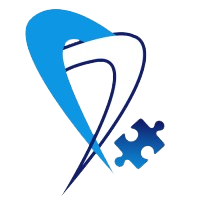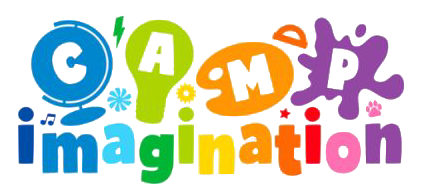Home » FAQ
Frequently Ask Question
FAQ
Autism Spectrum Disorder (ASD) is a developmental disorder that affects communication, behavior, and social interaction. It’s called a “spectrum” disorder because it encompasses a wide range of symptoms, skills, and levels of impairment. Some individuals with autism may have significant intellectual disabilities, while others may have above-average intelligence but struggle with social communication and interactions.
Key Characteristics of Autism Spectrum Disorder:
Understanding the Reality:
- Focus on Development: While autism itself cannot be “cured,” early intervention and personalized therapies can help your child develop essential skills, improve communication, and manage behaviors that may interfere with daily life.
- Individual Progress: Every child with autism is unique, and their progress varies. Some may require ongoing support throughout their lives, while others may achieve a high level of independence.
- Quality of Life: The goal of treatment and support is not to “cure” autism but to help your child reach their full potential, enhancing their quality of life and enabling them to thrive in their own way.
- Support for Families: It’s also important to acknowledge the impact on the whole family. Support groups, counseling, and resources for parents and siblings can make a significant difference.
Understanding the Reality:
While there is no cure, understanding and embracing your child’s unique abilities, alongside providing appropriate support, can lead to meaningful progress and a fulfilling life for both your child and your family.Stimming, short for “self-stimulatory behavior,” refers to repetitive movements, sounds, or activities that are commonly observed in individuals with Autism Spectrum Disorder (ASD). These behaviors are often a way for the individual to self-regulate emotions, manage sensory input, or simply find comfort and enjoyment.
Stimming is usually harmless and can be a natural part of how a person with autism interacts with their environment. However, if the behavior is harmful (like head-banging) or significantly interferes with daily life (such as preventing the child from focusing at school), it may need to be addressed through behavioral interventions or other supportive strategies.
The earliest a child can be diagnosed with Autism Spectrum Disorder (ASD) is typically around 18 months to 2 years of age, though signs can sometimes be observed even earlier.
Key Points About Early Diagnosis:
- Early Signs: Some early signs of autism can be noticeable before the age of 1, such as limited eye contact, lack of response to their name, or delayed babbling. However, these signs alone do not confirm a diagnosis.
- Developmental Milestones: Pediatricians often screen for developmental milestones during regular check-ups, especially at 18 and 24 months. If there are concerns, a more thorough evaluation may be recommended.
- Formal Diagnosis: A formal diagnosis is usually made by a specialist, such as a developmental pediatrician, child psychologist, or neurologist. This process typically involves a comprehensive assessment, including observing the child’s behavior, reviewing developmental history, and possibly using standardized diagnostic tools.
- Importance of Early Diagnosis: Diagnosing autism as early as possible allows for early intervention, which can significantly improve outcomes. Early interventions can include therapies to support communication, social skills, and behavior, helping the child develop essential skills during a critical period of brain development.
While autism can sometimes be diagnosed around 18-24 months, it’s also common for some children to be diagnosed later, particularly if their symptoms are more subtle or if there are delays in accessing specialized evaluations.


